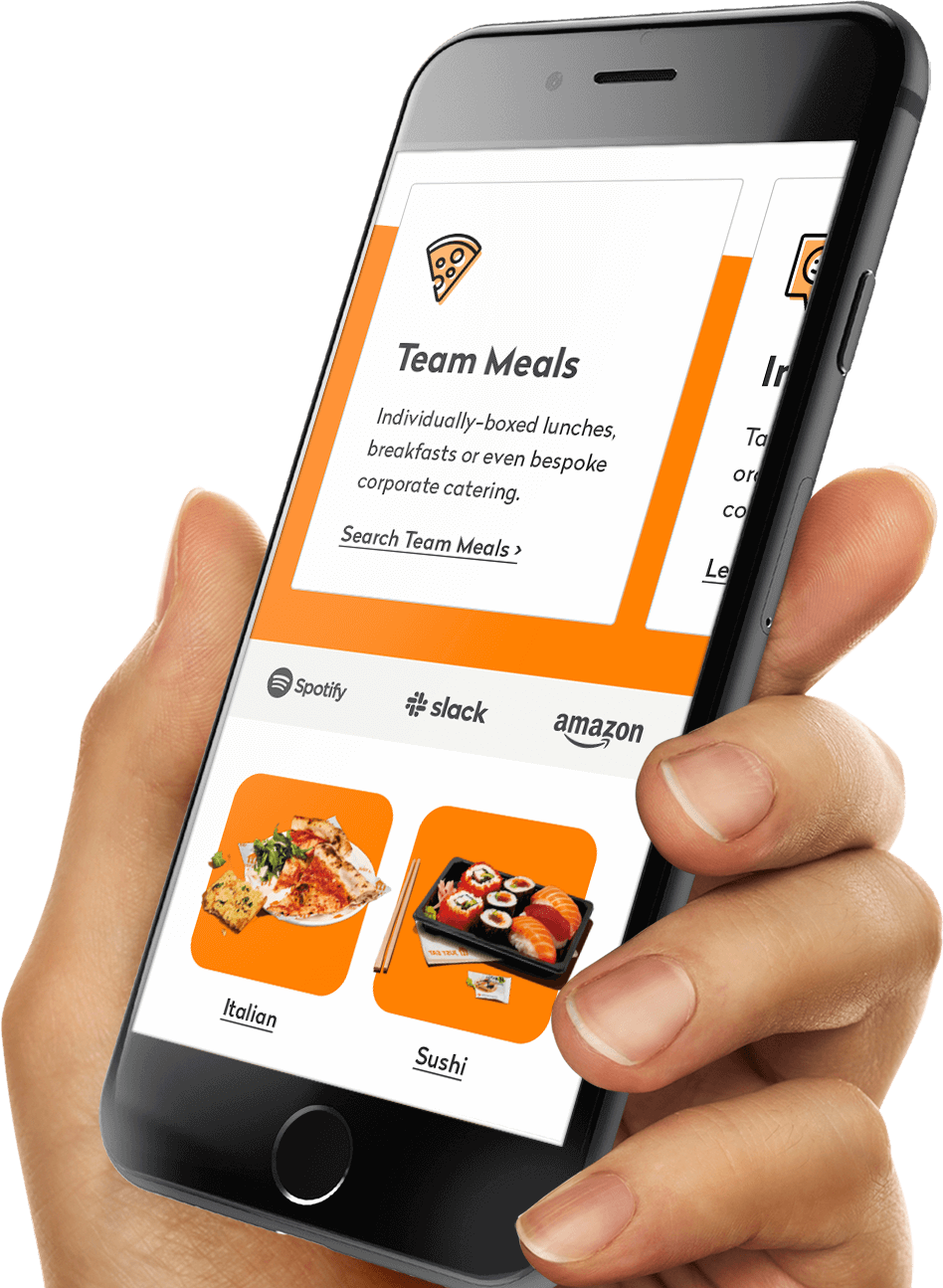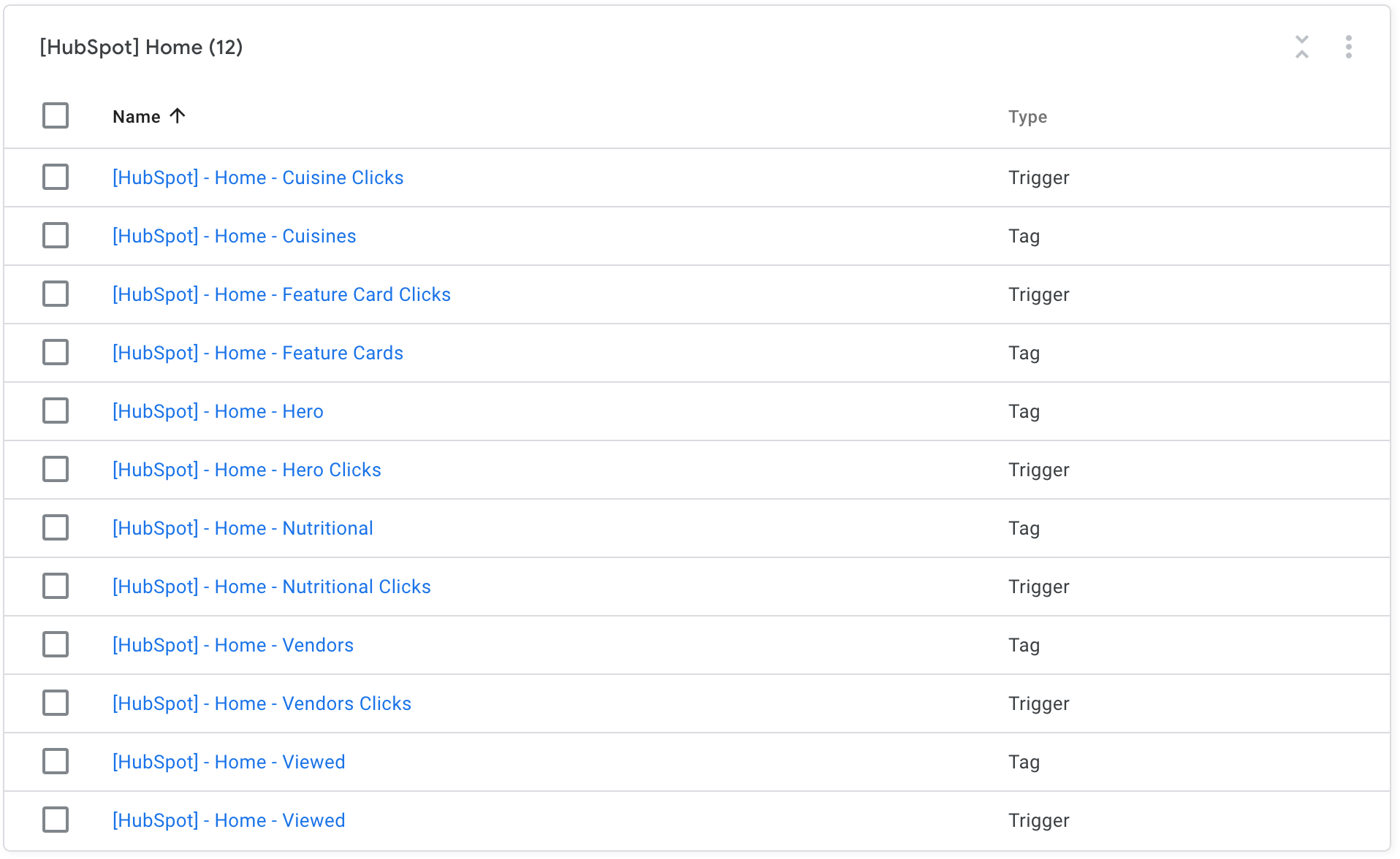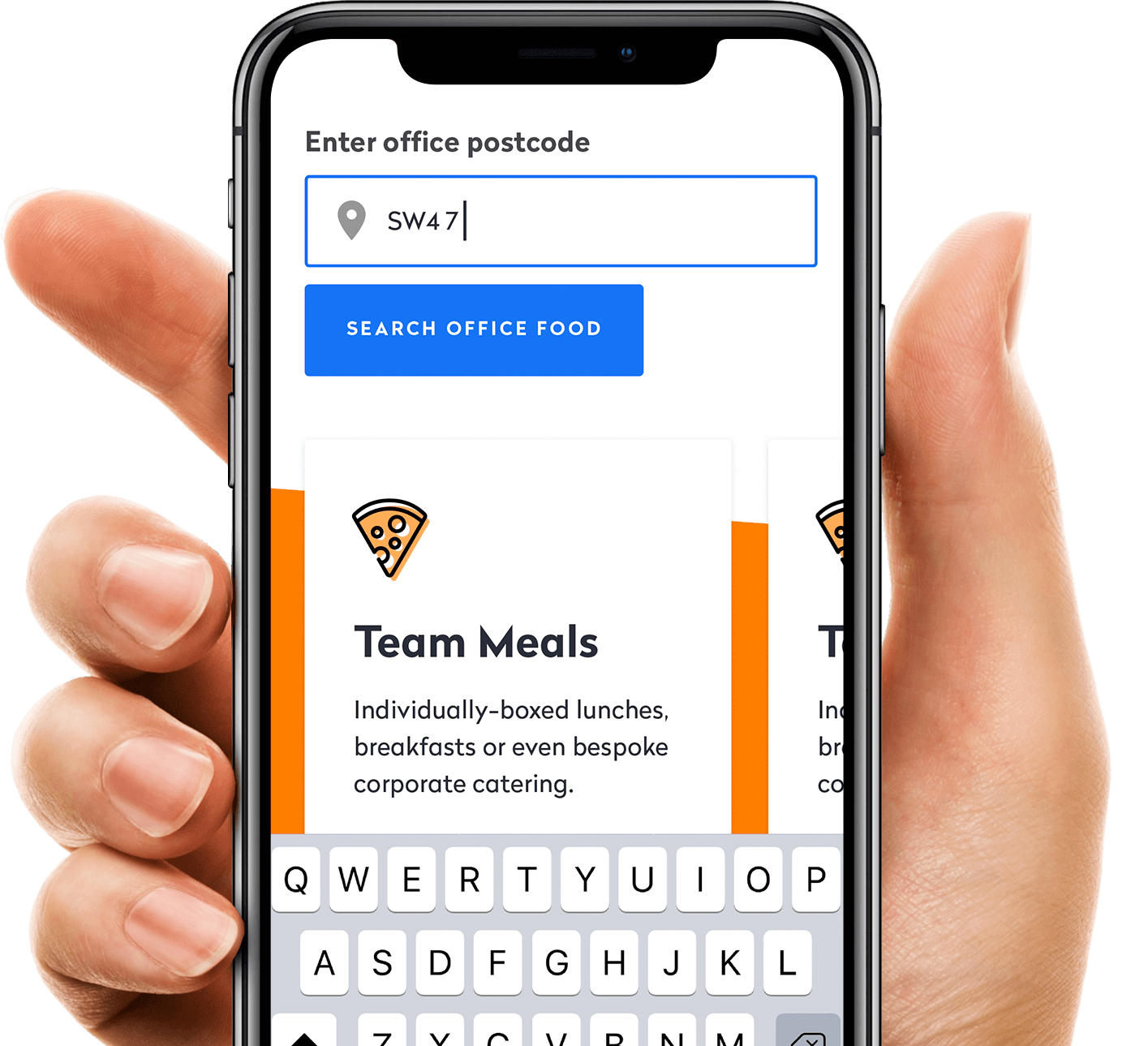Creating Commercial Flexibility — Just Eat for Business
Discovery / Design / Development / Testing
The objective of this piece of work was to port Just Eat for Business’ existing homepage over to Hubspot in order to allow stakeholders greater commercial ownership and flexibility.
As a product team, we believed that by making this transition we could respond to customer needs faster and begin to test, trial and learn new techniques in order to further improve engagement.
In addition to the workflow benefits of porting the homepage over to HubSpot, it also felt like the perfect opportunity to redesign the page in order to kick off our testing plan.
My role in Just Eat for Business’ H2 2020 plan was to acquire and support the retention of non-enterprise customers; this provided clear direction for the project from the offset.
127%
Increase in form submissions
11%
Increase in vendor searches

Discovery
With the target audience being defined as non-enterprise customers, we decided that the most effective method of discovery was through a targetted survey.
I compiled a list of 7 hypothesis statements to be validated through later research, created a survey and distributed it to our chosen segment via HubSpot.
With 50 respondents completing the survey, we scrutinised the 7 assumptions against the responses from the survey and marked each statement as valid, invalid or inconclusive.
We analysed the existing page’s data in Google Analytics and validated these conclusions against heat maps, scroll maps and click maps in Hotjar.
46%
Stated that ‘variety of menu items’ was an influencing factor
80%
Preferred ordering from small vendors as opposed to large chains
88%
Felt that Vegetarian/Vegan was the most common dietary preference in their workplace
76%
Would rather browse vendors themselves vs speaking to someone



